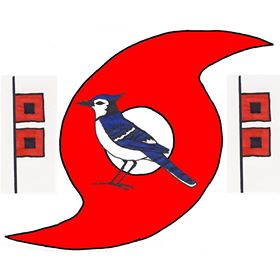Former Hurricane Kiko weakened to a tropical storm over the Central Pacific Ocean northeast of Hawaii on Monday night. At 5:00 a.m. EDT on Tuesday the center of Tropical Storm Kiko was located at latitude 21.9°N and longitude 152.1°W which put the center about 245 miles (395 km) northeast of Hilo Hawaii. Kiko was moving toward the west-northwest at 14 m.p.h. (22 km/h). The maximum sustained wind speed was 60 m.p.h. (95 km/h) and there were wind gusts to 75 m.p.h. (120 km/h). The minimum surface pressure was 1004 mb.
Former Hurricane Kiko weakened to a tropical storm over the Central Pacific Ocean northeast of Hawaii during Monday night. An upper level low that is north of Hawaii produced strong southwesterly winds that blew across the top of Kiko’s circulation. Those winds caused strong vertical wind shear. The strong vertical wind shear caused Kiko to weaken to a tropical storm.
The strong upper level winds blew the tops off of most of the thunderstorms in Tropical Storm Kiko. A few thunderstorms remained in the far northeastern periphery of Kiko’s circulation. Most of the bands revolving around the center of Tropical Storm Kiko consisted of showers and lower clouds. Since there were no thunderstorms near the center of Kiko to pump mass away, the surface pressure increased rapidly.
The size of the circulation around Tropical Storm Kiko expanded a little as Kiko weakened. Winds to tropical storm force extended out 125 miles (200 km) from the center of Kiko’s circulation.
Tropical Storm Kiko will move through an environment unfavorable for intensification during the next 24 hours. Kiko will move over water where the Sea Surface Temperatures are near 27°C. However, the upper low north of Hawaii will continue to cause strong vertical wind shear. The strong vertical wind shear will cause Tropical Storm Kiko to continue to weaken.
Tropical Storm Kiko will move around the southern side of a high pressure system over the Central Pacific Ocean. The high pressure system will steer Kiko toward the west-northwest during the next 24 hours. On its anticipated track, Tropical Storm Kiko will pass north of Hawaii.
